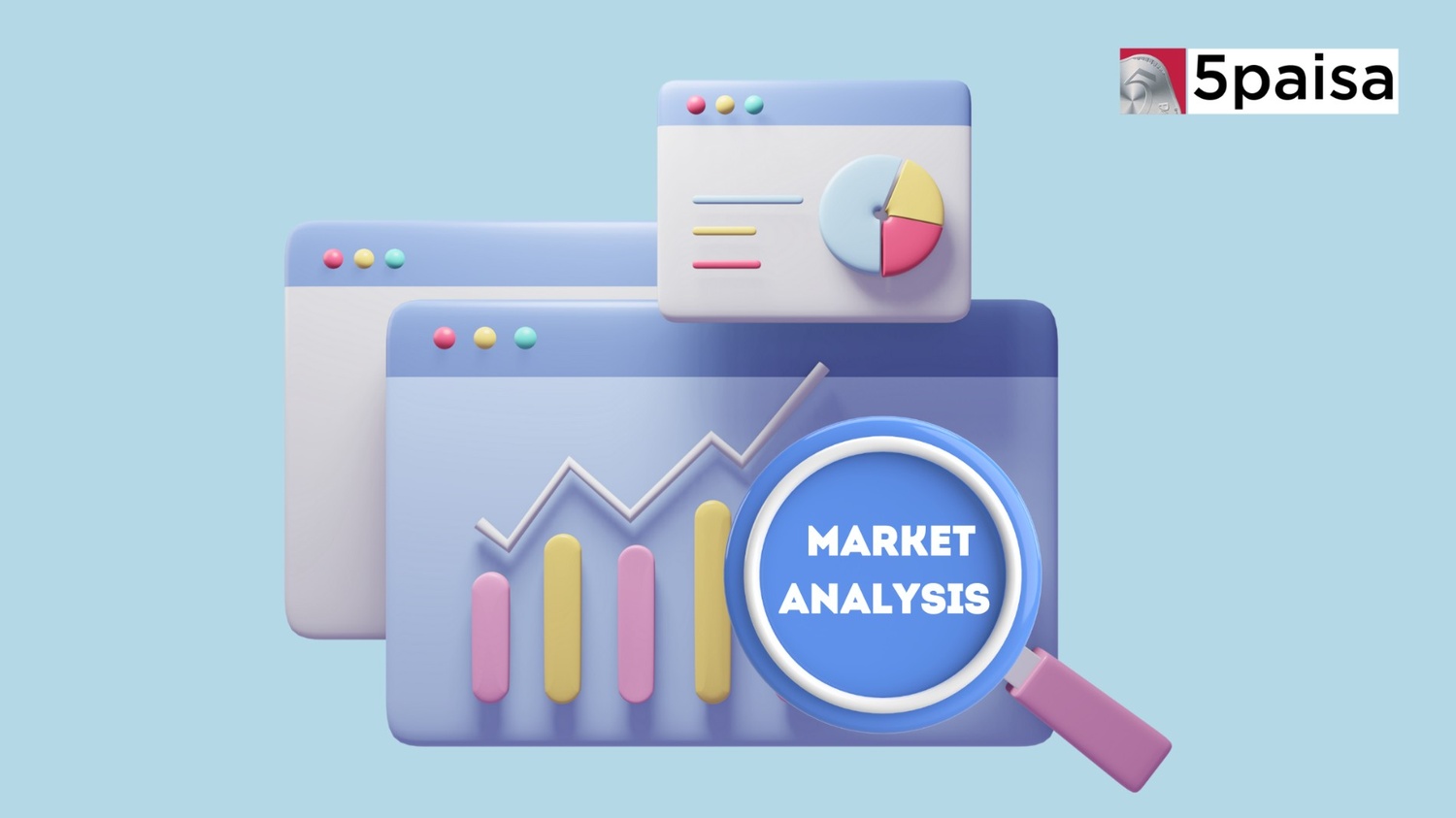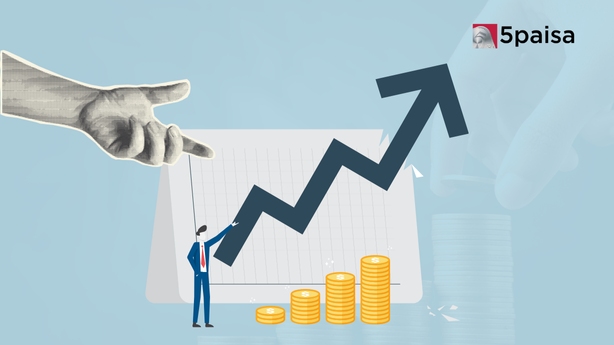iThe current values are delayed, open demat account for live values.
India VIX Sector Performance
Top Performing
| Sector Name | Percentage Change |
|---|---|
| Ceramic Products | 0.01 |
| Dry cells | 2.46 |
| Real Estate Investment Trusts | 0.52 |
| Paints/Varnish | 0.6 |
Under Performing
| Sector Name | Percentage Change |
|---|---|
| Diamond, Gems and Jewellery | -1.56 |
| IT - Hardware | -0.49 |
| Leather | -0.67 |
| Healthcare | -0.4 |
India VIX
India VIX Chart

Constituent Companies
| Company | Market Cap | Market Price | Volume | Sector |
|---|
India VIX definition
For a long time, market participants have been trying to get a pulse of the market and the sentiments of market players. A volatility index, known as India VIX, serves this purpose. It helps investors look for bottoms, tops, and lulls in the trend while showing them whether the market is optimistic or fearful about the growth prospects. Continue reading to understand what exactly India VIX is, why it is considered an important indicator, and how to interpret its rises and falls.
What is India VIX or India Volatile Index?
India VIX is India’s volatility index. The value of India VIX on a particular trading day shows the market’s expectation of volatility in the next 30 days. India VIX was introduced in the country in 2003 by the National Stock Exchange (NSE), following in the footsteps of the Chicago Board Options Exchange.
Generally, a volatility index measures the extent to which an underlying index is expected to fluctuate in the near term. It is calculated based on the order book of the underlying index’s options. In India, this index is the Nifty Option. So, India VIX measures both – the supply and demand for Nifty options and the put-call ratio.
A higher value of India VIX indicates higher volatility and fear of negative growth among market participants and vice versa. Let’s understand this using an example. Let’s assume the value of India VIX is 20. This means traders are expecting 20% volatility in the next 30 days. To further boil it down, it means, within the next 30 days, traders expect the value of Nifty to range between +20% and -15% from its current value.
However, it is important to know that a volatility index is not similar to a price index like Nifty. While the price index takes the prices of individual equities into account, the volatility index considers the order book of the underlying index and represents the volatility in a percentage.
What is market volatility?
The stock market is dynamic, with indexes and stocks settling several percentage points higher or lower than the previous day. Sometimes though, the market undergoes dramatic price changes, and a measure of these price movements is called market volatility.
It measures both the frequency and enormity of the price movements. Generally, the more frequently and larger these price movements occur, the more volatile the market is.
Mathematically, however, volatility is the statistical measure of the dispersion of market prices on an annualised basis. It is calculated as standard deviation multiplied by the square root of time.
Why is India VIX important?
India VIX helps day traders figure out whether the market at large is fearful or fairly complacent about the market in the short term. It helps them calculate risk. If the volatility is high, traders’ stop losses might get triggered, in which case they would want to lower leverage and expand the stop losses.
While long-term traders are not affected by short-term volatility, it is easy to assume India VIX might not be important for this class of traders. However, they may face the risk of mark-to-market (MTM) loss restrictions. An MTM loss is incurred when a stock’s price declines from its original price and the current price changes significantly. So if they know the trends of India VIX, they might be quick to make the right decision about their portfolio.
Options traders also benefit from India VIX. It tells these traders whether to buy or sell an option, considering the market volatility. If the volatility is high, option buyers may benefit; if it is low, the sellers benefit.
India VIX can also help mutual fund managers and portfolio managers — it can help them decide when to invest in high or low-beta stocks to clock maximum profits.
How is India VIX calculated?
The value of India VIX is derived using the Black and Scholes (B&S) model. Prices for options contracts are frequently calculated using this model. While this model is generally accurate, it makes some assumptions that may deviate the final result from the real-world result. It uses five variables for the calculation of India VIX:
● Strike price
● The market price of the stock
● Expiry date
● Risk-free returns
● Volatility
With these variables, options sellers can set reasonable prices for the options they sell. For calculation, Nifty options’ 30 days bid-ask quotes are considered. These options are traded on NSE’s futures and options segment.
How to interpret rises and falls in India VIX?
India VIX rises and falls continuously, along with the fluctuations in the market. If India VIX falls, the market expects the volatility to rise in the short term. At this point, the value of India VIX would be higher or close to 30–35.
And if India VIX is falling, the market at large is not so worried about rising volatility. And at this time, India VIX would sport values close to 15.
What is the relation between India VIX and Nifty?
Nifty is the underlying index on which India VIX’s values are based. India VIX considers the order book of Nifty options to predict the market’s volatility over 30 days. As per past trends, India VIX and Nifty are negatively correlated. This means when India VIX rises; the Nifty tends to fall and vice versa.
This makes sense in theory – if India VIX is rising, the market expects high volatility in the next 30 days. High volatility indicates high risk, which makes traders weary of placing huge bets in the market, which results in falling Nifty prices.
Conclusion
Analysts, investors, and fund managers consider India VIX to measure market stress when making investing decisions. It keeps the market participants in line by encouraging them to buy low and sell high. When VIX spikes, investors consider pursuing safer investment strategies to lower risk and vice versa.
Other Indices
| Indices Name | Price | Price Change (% change) |
|---|---|---|
| India VIX | 14.53 | -0.15 (-1.02%) |
| Nifty 10 Yr Benchmark G-Sec | 2477.38 | -3.81 (-0.15%) |
| Nifty 10 Yr Benchmark G-Sec (Clean Price) | 893.06 | -1.58 (-0.18%) |
| Nifty 100 | 23274.05 | -137.35 (-0.59%) |
| Nifty 100 Alpha 30 Index | 16085.8 | -230.85 (-1.41%) |
Faqs
What is the normal range of India VIX?
The normal range of India VIX is between 15–35. A value close to or less than 15 suggests low volatility, whereas a value close to or higher than 35 suggests high volatility.
Is India VIX a good investment?
India VIX makes a good investment depending on your trading strategy. One strategy is to buy when India VIX is high and sell when it is low. However, this is risky and expensive. Another strategy can be investing heavily in the futures of India VIX. Another way to trade in VIX is by investing in volatility-based exchange-traded funds (ETFs).
Who can use India VIX?
Everyone can use India VIX to make trading decisions, from day traders to long-term investors to option writers to portfolio and fund managers.
What determines VIX spikes?
As stated earlier, India VIX indicates the volatility of Nifty options. So India VIX spikes when there is an increased demand for puts, increasing the implied volatility.
What does it mean when VIX goes down?
When India VIX goes down, it means the market at large is not expecting periods of high volatility. This means the fear is low, the market is stable, and it expects long-term growth. This is also the time when Nifty experiences a price rise.
Latest News

- Feb 21, 2025
Indian stock markets ended in the red as key indices faced pressure from auto and financial stocks. The Sensex fell 424 points to close at 75,311, while the Nifty slipped 117 points to end at 22,795. The sell-off was led by the auto sector, which tanked 2.5% following reports of a potential reduction in import duties on EVs.

- Feb 21, 2025
The ownership structure of India Inc. is experiencing a significant transformation, with foreign portfolio investors (FPIs) reaching their lowest stake in NSE-listed companies in 13 years. In contrast, domestic mutual funds (MFs) and retail investors are making substantial gains.
Latest Blogs
Introduction to Ashish Kacholia Ashish Kacholia's financial journey began in the 1990s. He gained valuable experience at firms like Prime Securities and Edelweiss before founding Lucky Securities in 1995. In 1999, he co-founded Hungama Digital with Rakesh Jhunjhunwala, showcasing his ability to spot emerging trends.
- Oct 10, 2025

Navigating the numerous banking options in India is essential for individuals and businesses alike. The best banks in India go beyond traditional banking, offering a wide array of financial services that play a crucial role in the country's economic stability. From innovative digital banking solutions to comprehensive investment and loan offerings, these famous banks in India serve as reliable financial partners.
- Apr 14, 2025
